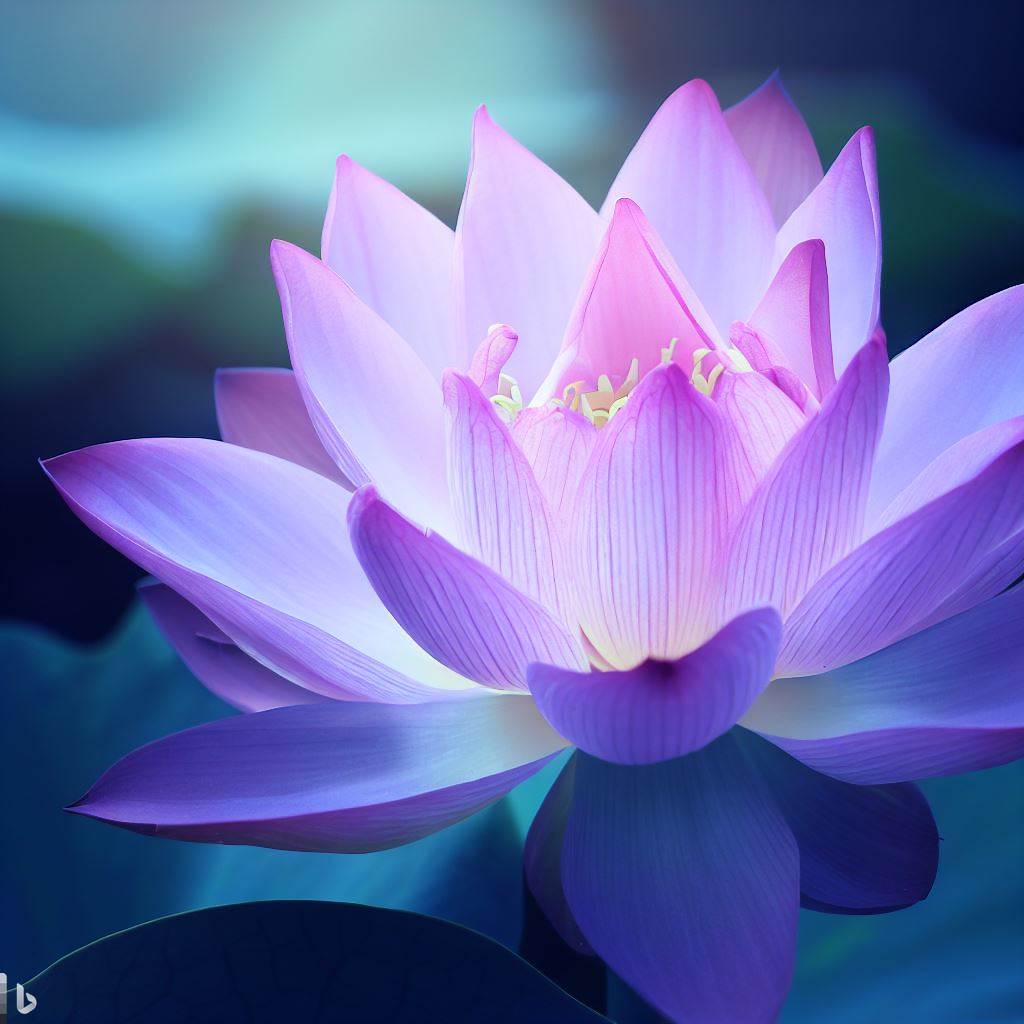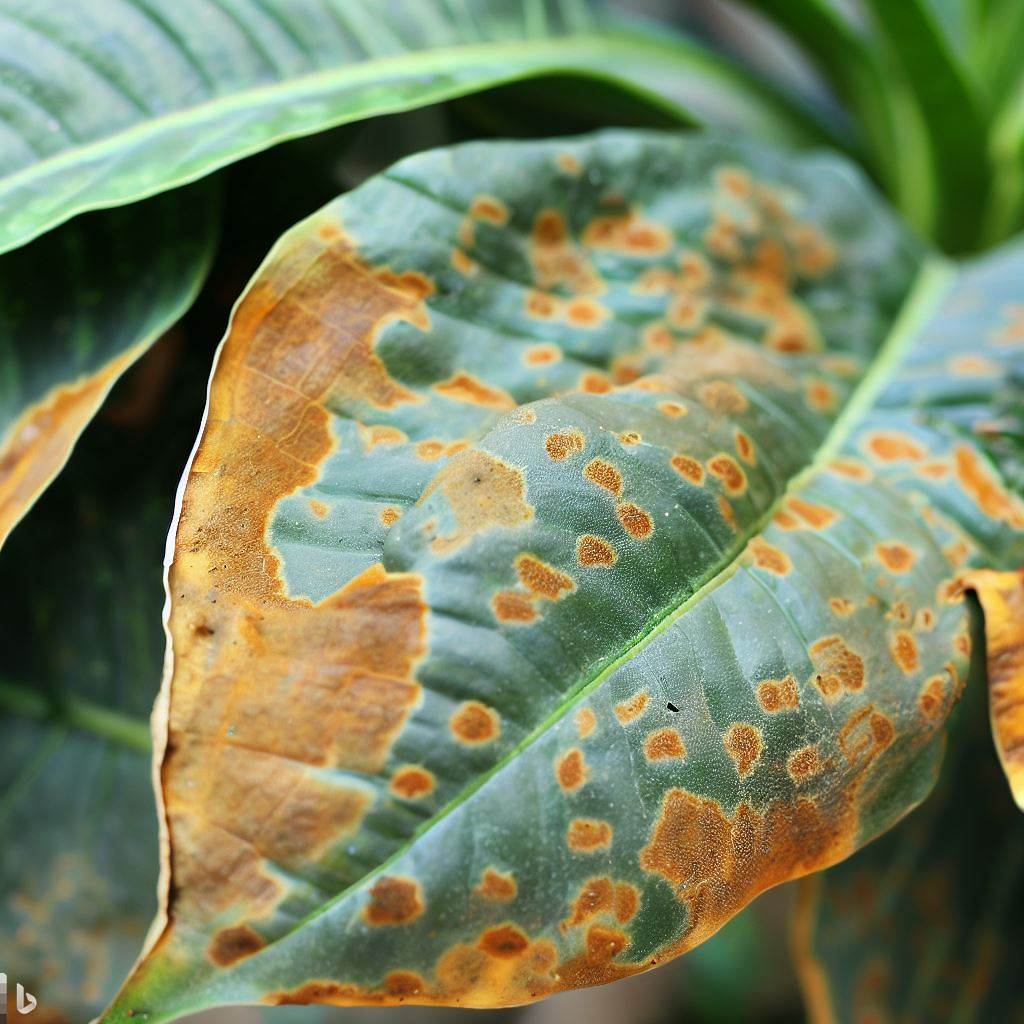Introduction
The lotus plant, also known as Nelumbo nucifera, is a fascinating aquatic perennial that holds immense cultural and spiritual significance in many societies. This article delves into the captivating world of the lotus plant, exploring its enchanting beauty, symbolic meanings, ecological role, and various applications. Join us on this journey as we unravel the mysteries and wonders of this majestic aquatic wonder.
1. The Origins of the Lotus Plant
The lotus plant is believed to have originated in Asia, with historical evidence of its cultivation dating back thousands of years. Native to regions such as India, China, and Southeast Asia, the lotus plant has been cherished for its exquisite beauty and cultural significance since ancient times.

2. The Botanical Characteristics of Lotus Plant
The lotus plant is a perennial aquatic herb that thrives in shallow freshwater environments such as ponds, lakes, and marshes. It features large, round leaves that emerge from long stalks, often rising above the water’s surface. The magnificent flowers of the lotus plant are the highlight, exhibiting vibrant hues of white, pink, and yellow. The plant’s unique seed pods, known as lotus pods, are characterized by their distinctive appearance, with several chambers containing seeds.
3. The Symbolism of Lotus Plant
The lotus plant holds profound symbolism across various cultures, representing purity, enlightenment, and rebirth. Its ability to emerge from murky waters and bloom into a pristine flower has made it a powerful symbol of spiritual awakening and personal growth. The lotus plant’s ability to rise above adversity and maintain its beauty has resonated with people throughout history.
4. Lotus Plant in Religion and Mythology
The lotus plant occupies a sacred place in numerous religions and mythologies. In Hinduism, the lotus is associated with deities such as Brahma, Vishnu, and Lakshmi, symbolizing divine beauty and purity. In Buddhism, the lotus represents enlightenment and the path to Nirvana. The ancient Egyptians revered the blue lotus as a symbol of rebirth and the sun god Ra. These cultural and religious associations have further elevated the lotus plant’s significance.
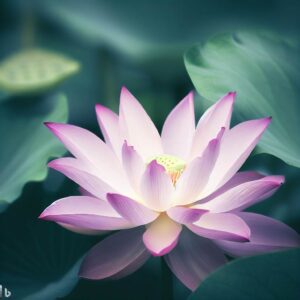
5. The Life Cycle of the Lotus Plant
The life cycle of the lotus plant is a remarkable process that unfolds in harmony with its aquatic surroundings. The journey begins with a seed lying dormant in the mud at the bottom of a water body. As favorable conditions arise, the seed germinates, and a small shoot emerges, seeking sunlight. The young plant grows vigorously, extending its leaves and eventually producing buds. These buds develop into stunning lotus flowers, which open in the morning and close at night, following a rhythmic pattern. As the flowers wither, they give way to seed pods, ensuring the continuation of the lotus plant’s life cycle.
6. The Adaptations of Lotus Plant for Aquatic Environments
The lotus plant has evolved a range of fascinating adaptations to thrive in its watery habitat. Its leaves feature a waxy coating that repels water, allowing them to remain dry and afloat. The stalks of the lotus plant contain air-filled spaces, providing buoyancy and stability. Furthermore, the roots of the lotus plant are long and flexible, enabling them to anchor firmly in the mud while absorbing nutrients from the water.
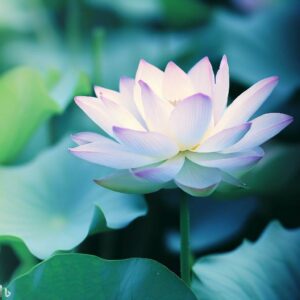
7. The Ecological Importance of Lotus Plant
Lotus plants play a crucial ecological role in aquatic ecosystems. Their extensive root systems help stabilize sediment, preventing erosion and promoting water clarity. These plants also provide shelter and spawning grounds for various aquatic organisms, contributing to the overall biodiversity of the ecosystem. Furthermore, lotus plants act as natural filters, removing pollutants and excess nutrients from the water, thereby improving water quality.
8. Cultivating Lotus Plant: Tips and Techniques
Cultivating lotus plants can be a rewarding endeavor, allowing you to bring the beauty of these aquatic wonders into your own surroundings. Here are some tips and techniques to help you successfully grow lotus plants:
- Choose a suitable location with ample sunlight and a shallow water body.
- Prepare the planting container by filling it with loamy soil and placing it in the water.
- Plant the lotus tuber or seeds in the container, ensuring they are fully submerged.
- Maintain a water depth of at least six inches to allow for optimal growth.
- Provide regular fertilization to promote healthy foliage and abundant blooms.
- Protect the lotus plant from extreme temperatures and frost during winter months.
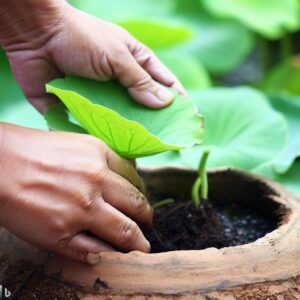
9. Lotus Plant as a Source of Food and Medicine
Beyond its aesthetic and cultural significance, the lotus plant also offers various practical uses. In Asian cuisine, lotus roots, seeds, and petals are utilized in a variety of dishes, imparting a unique flavor and texture. Additionally, traditional medicine systems in Asia harness the therapeutic properties of the lotus plant, utilizing it to address ailments such as diarrhea, fever, and insomnia. Research has also revealed the presence of bioactive compounds in lotus plants with potential health benefits.
10. Lotus Plant in Art, Literature, and Architecture
The allure of the lotus plant has inspired countless artists, writers, and architects throughout history. Its captivating beauty has been immortalized in paintings, sculptures, and poetry. The elegant form of the lotus flower has found its way into architectural designs, gracing temples, palaces, and gardens with its enchanting presence. The lotus plant continues to serve as a muse for creative expression, capturing the imagination and stirring emotions.
The Enchanting Beauty of the White Lotus Plant
The white lotus plant, scientifically known as Nelumbo nucifera, is a stunning aquatic perennial that exudes an aura of elegance and serenity. With its pristine white petals and graceful presence, the white lotus captivates hearts and minds across cultures.
Exploring the Allure of the Blue Lotus Plant
The blue lotus plant, scientifically known as Nymphaea caerulea, is a captivating aquatic flower that has captured the imaginations of people throughout history. With its enchanting blue petals and rich cultural heritage, the blue lotus holds a special place in art, mythology, and spirituality.
The Enigmatic Beauty of the Black Lotus Plant
The black lotus plant, scientifically known as Nelumbo nucifera var. obscura, is a rare and enigmatic flower that has captivated people’s imaginations for centuries. With its deep, dark petals and mysterious allure, the black lotus holds a special place in mythology, art, and spiritual practices.
Lotus Plant Energy
The lotus plant is not only known for its beauty but also for its remarkable ability to radiate positive energy. From ancient civilizations to modern spiritual practices, the lotus plant has been revered for its energizing and revitalizing properties.
Lotus plant for sale
If you are looking to purchase lotus plants, there are several options available to you. Here are a few suggestions:
Online Plant Retailers
Aquatic Plant Specialists
Local Botanical Gardens
Local Nurseries
Mini lotus plant
Mini lotus plants, also known as dwarf or miniature lotus plants, are smaller cultivars of the traditional lotus plant (Nelumbo nucifera). While standard lotus plants can grow quite large, reaching heights of several feet, mini lotus plants are specifically bred to have a more compact size. They retain all the captivating features of their larger counterparts but are better suited for small ponds, containers, or even indoor cultivation.
Indoor Lotus Plant
When choosing an indoor lotus plant, it’s important to select a variety that is well-suited for indoor cultivation. Look for dwarf or miniature lotus varieties as they are more adaptable to indoor environments. These smaller cultivars are better suited to the limited space and lower light conditions typically found indoors.
Trypophobia lotus plant
Trypophobia is a relatively common but often misunderstood condition characterized by an aversion or fear of clusters of small holes or patterns. Lotus seed pods, with their unique appearance and arrangement of small holes, are often associated with trypophobia triggers.
Frequently Asked Questions (FAQs)
Q1: How long does it take for a lotus plant to bloom?
A1: The time it takes for a lotus plant to bloom can vary depending on factors such as the species, growing conditions, and climate. Generally, lotus plants start producing flowers within one to two years after planting.
Q2: Can lotus plants grow in containers?
A2: Yes, lotus plants can be grown in containers, provided they have sufficient space and appropriate growing conditions. Select a container with a diameter of at least 18 inches and ensure it is deep enough to accommodate the plant’s roots.
Q3: Are lotus flowers fragrant?
A3: Some lotus flower varieties are indeed fragrant, emitting a delicate and pleasing scent. However, not all lotus flowers possess a strong fragrance.
Q4: Can lotus seeds be eaten?
A4: Yes, lotus seeds are edible and widely used in culinary preparations. They can be consumed raw, roasted, or added to various dishes for their nutritional value and unique taste.
Q5: Are lotus plants endangered?
A5: While certain species of lotus plants are considered vulnerable or endangered due to habitat loss and human activities, the overall population of lotus plants remains stable. Conservation efforts are underway to protect and preserve these remarkable plants.
Q6: Can lotus plants survive in cold climates?
A6: Lotus plants are typically adapted to warm and tropical climates. However, some hardy varieties can withstand colder temperatures with proper care and protection during winter months.
Conclusion
In conclusion, the lotus plant embodies the harmonious blend of natural beauty, cultural significance, and ecological importance. From its origins in Asia to its symbolic presence in various religions and mythologies, the lotus plant continues to captivate and inspire. Whether adorning serene ponds or adorning artistic masterpieces, the lotus plant remains a timeless emblem of purity, resilience, and enlightenment. Embrace the magic of the lotus plant and let it remind you of the inherent beauty and potential for growth that exists within us all.

